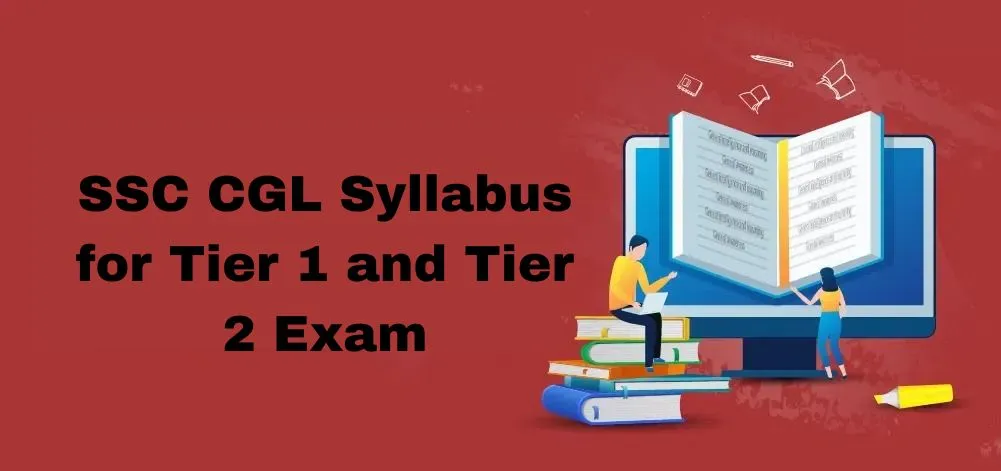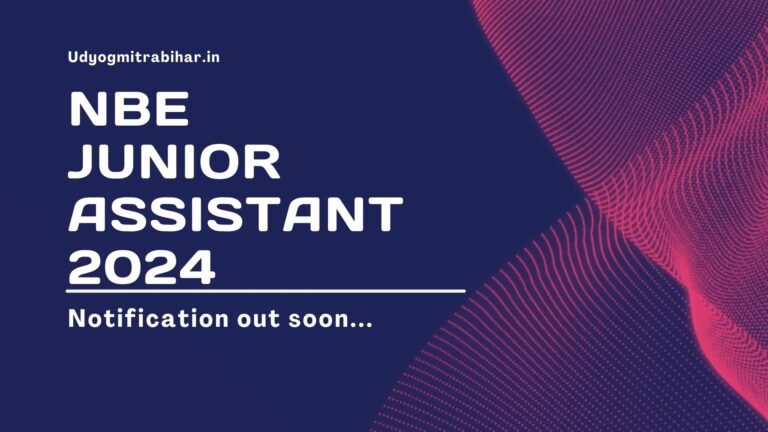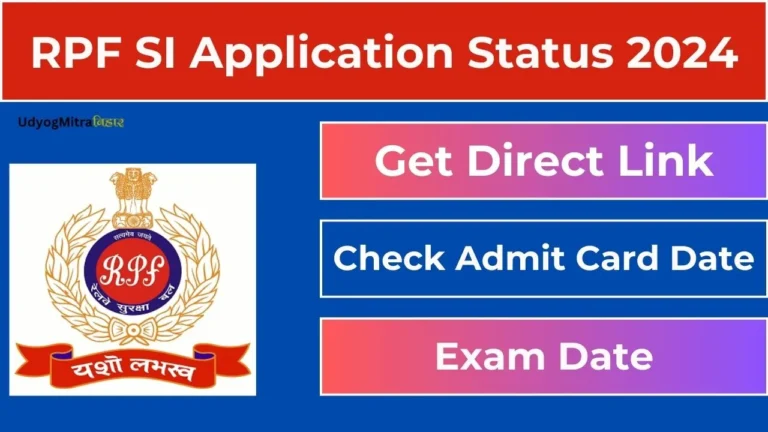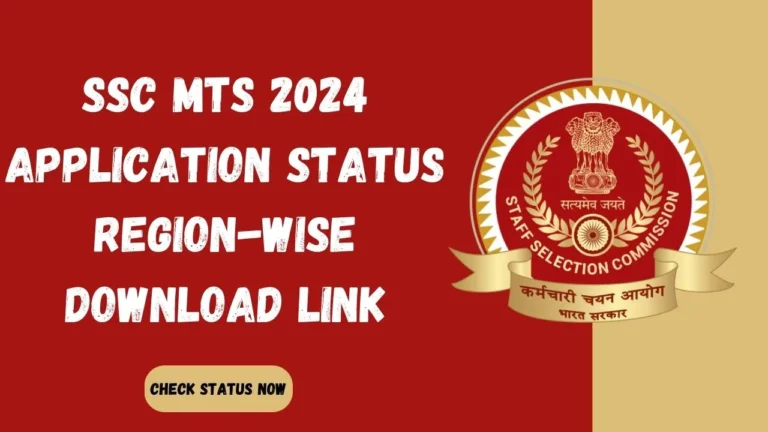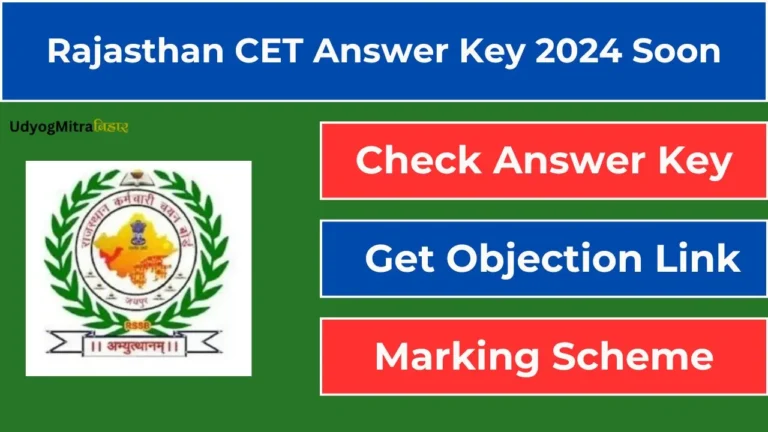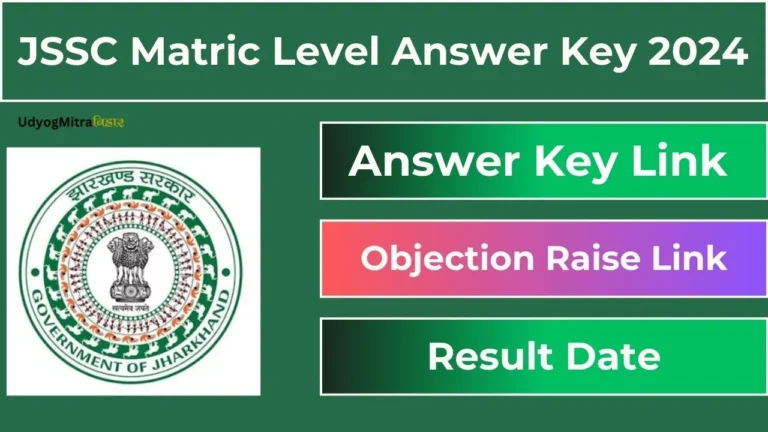The Staff Selection Commission (SSC) published the SSC CGL Syllabus 2024 alongside the official notification on June 24, 2024, for both Tier 1 and Tier 2 exams. This detailed syllabus is crucial for candidates preparing for the upcoming SSC CGL Exam.
For the convenience of the candidates, the complete SSC CGL Syllabus 2024 for Tier 1 and Tier 2 is outlined in the article below.
Contents
- 1 SSC CGL Syllabus Tier 1 for 2024
- 1.1 SSC CGL Syllabus for English Language
- 1.2 SSC CGL Syllabus for General Awareness
- 1.3 SSC CGL Syllabus for General Intelligence
- 1.4 SSC CGL Syllabus for Quantitative Aptitude
- 1.5 Section-I of Paper-I Mathematical Abilities
- 1.6 Module II of Section I General Intelligence: Paper 1
- 1.7 Module II of Section I General Awareness: Paper 1
- 1.8 Module II of Section I English Language: Paper 1
- 2 SSC CGL Syllabus for Tier II: Paper 2
- 3 SSC CGL Syllabus Tier II: Paper 3
- 4 FAQs
SSC CGL Syllabus Tier 1 for 2024
The SSC CGL 2024 Tier 1 exam has 100 questions and a maximum score of 200. It will last 60 minutes and is divided into four sections, each with 25 questions and a maximum score potential of 50 marks.
SSC CGL Syllabus for English Language
Candidates can review the SSC CGL English Language Syllabus from the table below.
| English Language | Reading ComprehensionIdioms and Phrases One word Substitution Sentence Correction Active Passive Spellings Correction Fill in the Blanks Sentence Rearrangement Synonyms-Antonyms Cloze test Sentence Improvement Error Spotting |
SSC CGL Syllabus for General Awareness
| General Awareness | Important Days Science India and its neighboring countries, especially about History, Culture, Geography, Economic Scene, General Policy & Scientific Research People in News Sports Static GK Important Schemes Portfolio Books and Authors Current Affairs |
SSC CGL Syllabus for General Intelligence
| General Intelligence and Reasoning | Discrimination Observation Coding and decoding Arithmetic number series Relationship concepts Arithmetical reasoning Statement conclusion Syllogistic reasoning Similarities and differences Problem-solving Analysis Non-verbal series Judgment Blood Relations Decision making Visual memory |
SSC CGL Syllabus for Quantitative Aptitude
| Quantitative Aptitude | Percentage Partnership Business Time and distance Time & Work Mixture and Alligation Decimals Fractions Quadrilaterals Regular Polygons Right Prism Right Circular ConeInterest Sphere Basic algebraic identities of School Algebra & Elementary surds Profit and Loss Discount Relationships between numbers Ratio and Proportion Square roots Computation of whole numbers Right Circular Cylinder Triangle and its various kinds of centres Graphs of Linear Equations Averages Congruence and similarity of triangles Circle and its chords, tangents, angles subtended by chords of a circle, common tangents to two or more circles Complementary angles Bar diagram & Pie chart Triangle Frequency polygon Degree and Radian Measures Hemispheres Histogram Regular Right Pyramid with triangular or square base Trigonometric ratio Heights and Distances Standard Identities Rectangular Parallelepiped |
Section-I of Paper-I Mathematical Abilities
| Module | Subject | Topics |
| Module I | Number Systems | Computation of Whole Number Decimal and Fractions Relationship between numbers |
| Fundamental arithmetical operations | Percentages Ratio and Proportion Square roots Averages Interest (Simple and Compound) Profit and Loss Discount Partnership Business Mixture and Alligation Time and distance Time and work | |
| Algebra | Basic algebraic identities of School Algebra and Elementary surds (simple problems) Graphs of Linear Equations | |
| Geometry | Similarity with elementary geometric figures and facts: Triangle and its various kinds of centres Congruence and similarity of triangles Circle and its chords, tangents, angles subtended by chords of a circle, common tangents to two or more circles. | |
| Mensuration | Right PrismTriangle Quadrilaterals Regular Polygons Circle Right Circular Cone Right Circular Cylinder Sphere Hemispheres Rectangular Parallelepiped Regular Right Pyramid with triangular or square Base. | |
| Trigonometry | Trigonometry Trigonometric ratios Complementary angles Height and distances (simple problems only) Standard Identities | |
| Statistics and probability | Use of Tables and Graphs: Histogram, Frequency polygon, Bar-diagram, Pie-chart Measures of central tendency: mean, median, mode, standard deviation Calculation of simple probabilities |
Module II of Section I General Intelligence: Paper 1
| Module II | Reasoning and General Intelligence | Semantic Analogy Symbolic operations, Symbolic/ Number Analogy, Trends Figural Analogy Space Orientation Semantic Classification Venn Diagrams Symbolic/ Number Classification Drawing inferences Figural Classification Punched hole/ pattern-folding & unfolding Semantic Series Figural Pattern Folding and completion Number Series Embedded figures Figural Series Critical Thinking Problem-Solving Emotional Intelligence Word Building Social Intelligence Coding and decoding Numerical operations |
Module II of Section I General Awareness: Paper 1
| Module II | General Awareness | Portfolio India and its neighbouring countries especially about History, Culture, Geography, Economic Scene, General Policy & Scientific Research Science Current Affairs Books and Authors Sports Important Schemes Important Days & Dates People in News |
Module II of Section I English Language: Paper 1
| English Language And Comprehension | Vocabulary One word substitution Sentence structureShuffling of Sentences in a passage, Fill in the Blanks, Synonyms/Homonyms Shuffling of Sentence parts Spellings/ Detecting misspelt words Idioms & Phrases Improvement of Sentences, Antonyms Active/ Passive Voice of Verbs Conversion into Direct/ Indirect narration Spot the Error English Grammar Cloze Passage |
SSC CGL Syllabus for Tier II: Paper 2
We recommend that candidates review the complete syllabus for SSC CGL 2024 Tier II Paper II from the table below:
| Subjects | Topics |
| Collection, Classification and Presentation of Statistical Data | Scatter diagram; simple correlation coefficient; simple regression lines; Spearman‟s rank correlation; Measures of association of attributes; Multiple regression; Multiple and partial correlations (For three variables only). |
| Measures of Central Tendency | Common measures of central tendency – mean median and mode; Partition values- quartiles, deciles, percentiles. |
| Measures of Dispersion- Common measures of Dispersion | range, quartile deviations, mean deviation and standard deviation; Measures of relative dispersion. |
| Moments, Skewness and Kurtosis | Different types of moments and their relationship; the meaning of skewness and kurtosis; different measures of skewness and kurtosis. |
| Correlation and Regression | Random variable; Probability functions; Expectation and Variance of a random variable; Higher moments of a random variable; Binomial, Poisson, Normal and Exponential distributions; Joint distribution of two random variables (discrete). |
| Probability Theory | Meaning of probability; Different definitions of probability; Conditional probability; Compound probability; Independent events; Bayes‟ theorem. |
| Random Variable and Probability Distributions | Meaning of Index Numbers, Problems in the construction of index numbers, Types of index numbers, Different formulae, Base shifting and splicing of index numbers, Cost of living Index Numbers, and Uses of Index Numbers. |
| Sampling Theory | Concept of population and sample; Parameter and statistic, Sampling and non-sampling errors; Probability and nonprobability sampling techniques (simple random sampling, stratified sampling, multistage sampling, multiphase sampling, cluster sampling, systematic sampling, purposive sampling, convenience sampling and quota sampling); Sampling distribution (statement only); Sample size decisions. |
| Statistical Inference | Point estimation and interval estimation, Properties of a good estimator, Methods of estimation (Moments method, Maximum likelihood method, Least squares method), Testing of hypothesis, Basic concept of testing, Small sample and large sample tests, Tests based on Z, t, Chi-square and F statistic, Confidence intervals. |
| Analysis of Variance | Analysis of one-way classified data and two-way classified data. |
| Time Series Analysis | Components of time series, Determination of trend components by different methods, Measurement of seasonal variation by different methods. |
| Index Numbers | Meaning of Index Numbers, Problems in the construction of index numbers, Types of index numbers, Different formulae, Base shifting and splicing of index numbers, Cost of living Index Numbers, and Uses of Index Numbers. |
SSC CGL Syllabus Tier II: Paper 3
| Subject | Topics |
| Part A: Finance and Accounts: 80 Marks | |
| Financial Accounting | Nature and scope Limitations of Financial Accounting Basic concepts and Conventions Generally Accepted Accounting Principles |
| Basic concepts of accounting | Single and double entry Books of Original Entry Bank Reconciliation Journal, ledgers Trial Balance Rectification of Errors Manufacturing Trading Profit & Loss Appropriation Accounts Balance Sheet The distinction between Capital and Revenue Expenditure Depreciation Accounting Valuation of -profit organisations Accounts Receipts, Payments and Income & Expenditure Accounts Bills of Exchange Self Balancing Ledgers |
| Part B: Economics and Governance: 120 marks | |
| Comptroller & Auditor General of India | Constitutional provisions, Role and responsibility |
| Finance Commission | Finance Commission-Role and functions |
| Basic Concept of Economics and introduction to Microeconomics | Definition Scope and nature of Economics Methods of economic study Central problems of an economy Production possibilities curve |
| Theory of Demand and Supply | Meaning and determinants of demand Law of demand and Elasticity of demand Price Income and cross-elasticity Theory of consumer behaviour Marshallian approach and Indifference curve approach Meaning and determinants of supply Law of supply The elasticity of Supply |
| Theory of Production and cost | Meaning and Factors of Production Laws of production- Law of variable proportions and Laws of returns to scale. |
| Forms of Market and price determination in different markets | Various forms of markets-Perfect Competition Monopoly Monopolistic Competition Oligopoly Price determination in these markets. |
| Indian Economy | Nature of the Indian Economy Role of different sectors, Role of Agriculture, Industry and Services problems and growth. National Income of India-Concepts of national income, Different methods of measuring national income. Population-Its size, rate of growth and its implication on economic growth. Poverty and unemployment- Absolute and relative poverty, types, causes and incidence of unemployment. Infrastructure-Energy, Transportation, Communication. |
| Economic Reforms in India | Economic reforms since 1991 Liberalisation Privatisation Globalisation Disinvestment |
| Money and Banking | Monetary/ Fiscal policy- Role and functions of Reserve Bank of India; functions of commercial Banks/RRB/Payment Banks. Budget and Fiscal deficits and Balance of payments. Fiscal Responsibility and Budget Management Act, 2003. |
| Information Technology | Role of Information Technology in Governance |
Other SSC-related articles –
- SSC CGL Recruitment Notification
- Download SSC CGL Admit Card
- SSC CGL Tier 1 Result
- SSC CGL Exam Date and Exam Pattern
- SSC CGL Tier 2 Result
- SSC CGL Answer Key
FAQs
Is the SSC CGL Tier 1 and Tier 2 syllabus the same?
Subjects like Mathematics, English, General Awareness, and Reasoning are included in both Tier 1 and Tier 2.
What is the syllabus of SSC CGL Tier 1?
Candidates need to thoroughly prepare for the Reasoning & Intelligence, Mathematics, English Language and Comprehension, and General Awareness sections that are included in the SSC CGL Syllabus.

